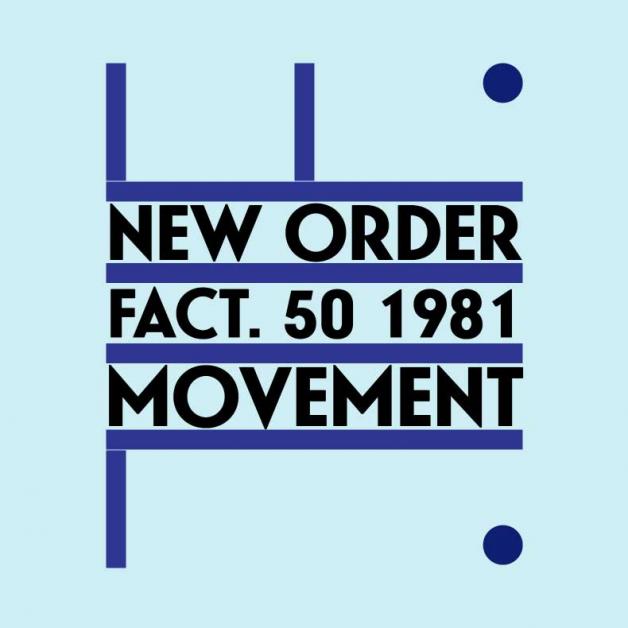
New Order released Movement in 1981.
It was the first of five incredible albums, which defined the band’s creative period, between 1981 and 1989.
New Order were the continuation of another band Joy Division.
Joy Division played music which was very dark and had a very strong heart beat.
Joy Division were fronted by a man called Ian Curtis, who gave the band an incredible intensity.
On stage he sometimes moved like a man having a fit whilst standing up. He shook. He had epilepsy.
He sometimes sang as if he was having a breakdown, as if he was going to kill someone.
Ian Curtis killed himself on 18th May 1980. He was 23.
After Curtis’ death the other members of Joy Division decided to continue. Together with a new keyboard player, they formed New Order.
Movement was New Order’s first album, and was released a year or so after the death of Ian Curtis.
The opening track to Movement was called Dreams Never End. Together with the choice of ‘New Order’ as the band’s name, the track seemed to say everything about the band’s intention and direction. Time would show us that the band wanted to respect and work from the point at which Joy Division had departed. But they were also determined to surge into new territory.
The tone of Peter Hook’s singing on Dreams Never End resembled the intense and hard focus of Ian Curtis. But everything else, and the opening guitar in particular, was a revolution. It was upbeat. Sun shone in. There was hope. At some point during the song Hook sang something along the lines of ‘There’s been a change in value’ perhaps indicating the band’s turn.
Movement was still an intense and sweaty album though.
It still sounded dark. The band sounded like they were playing in a room with the lights off; a neglected basement a prison cell.
The band no longer sounded murderous though. Industrial, yes, but murderous no.
The rhythm was often trance like and drugged. The album created a heat, a frequency to accompany the underworld.
But the album’s motif, and the bit which really distinguished it from Joy Division, was its movement. The guitar riffs spoke of hope or survival, of life affirming routines.
The album was called Movement, it might also have been called Hope.